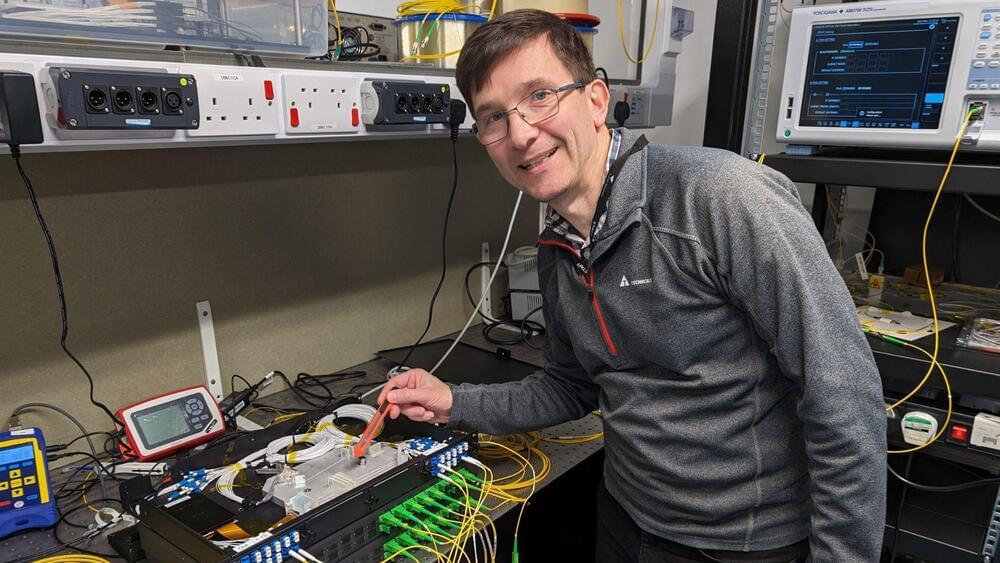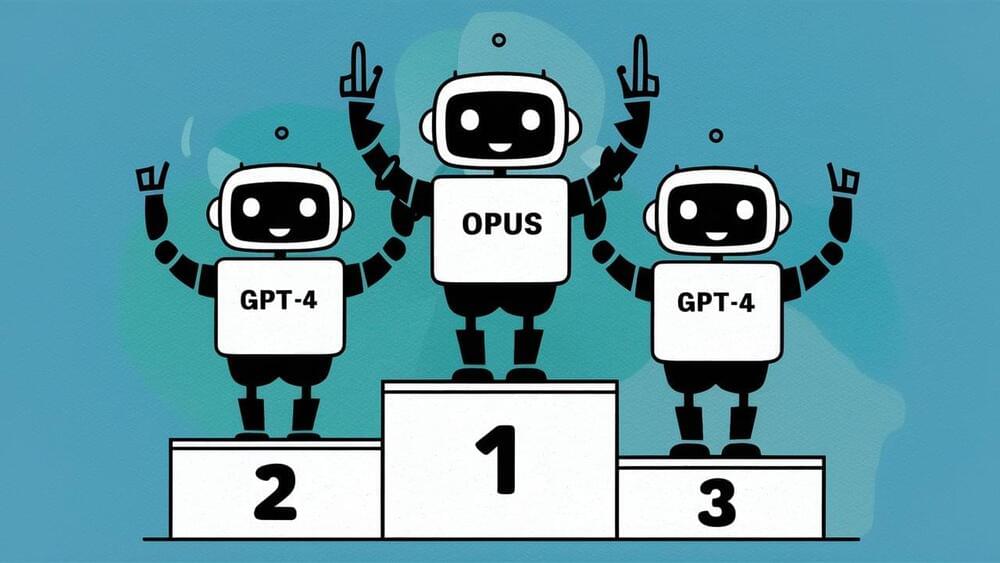As generative AI becomes more prevalent in our day to day lives, it will also impact our careers and change how companies hire and retain talent.
Two weeks after implantation of the oxygen-run battery in rats, the researchers observed stable voltage output between 1.3−1.4 V.
The attempt began on the evening of March 20, and GWR officials were present at the test site. Engineers from Stadler drove the train in shifts over the night and the following day. When the train stopped at 5:23 pm on March 22, it had traveled 1,741.7 miles (2,803 km) over 46 hours, all on a single fuel tank.
This is six times the distance of FLIRT H2’s advertised range – 285 miles (460 km). However, it is unlikely to be replicated in real-life scenarios since the train did not stop and start multiple times during the record attempt, nor did it travel on different inclines. Nevertheless, it showcased the ability of hydrogen fuel as a potential power source for trains.
This rate is the fastest ever recorded, achieved by utilizing specific new wavelength bands that have not been previously used in fiber optic systems.
Musk-led Tesla is giving away the $12,000 worth of driver-assistance system as a one-month free trial for every customer in the US.
We often imagine Universes with more dimensions than ours… but could such places have planets and stars that life might live on?
Earth and sun rotation
Posted in futurism
Non-personalized content and ads are influenced by things like the content you’re currently viewing and your location (ad serving is based on general location). Personalized content and ads can also include things like video recommendations, a customized YouTube homepage, and tailored ads based on past activity, like the videos you watch and the things you search for on YouTube. We also use cookies and data to tailor the experience to be age-appropriate, if relevant.
Select “More options” to see additional information, including details about managing your privacy settings. You can also visit g.co/privacytools at any time.
Nice.
Anthropic’s Claude 3 Opus has knocked OpenAI’s GPT-4 off the top of the chatbot leaderboard for the first time.
According to the Chatbot Arena Leaderboard, Anthropic’s Claude 3 Opus has taken the top spot from OpenAI’s GPT-4 for the first time. Claude 3 Opus now ranks first based on how real people rate chatbot skills. GPT-4 has been pushed down to second place.
The Chatbot Arena is a benchmark platform created by the Large Model System Organization (LMSYS) to compare the performance of large language models. The Arena pits different models against each other in secret, randomized battles. Users rate the models and vote for the answer they like best. This makes the rankings very useful because they are based on what users prefer.
Working memory (WM) is a kind of advanced cognitive function, which requires the participation and cooperation of multiple brain regions. Hippocampus and prefrontal cortex are the main responsible brain regions for WM. Exploring information coordination between hippocampus and prefrontal cortex during WM is a frontier problem in cognitive neuroscience. In this paper, an advanced information theory analysis based on bimodal neural electrical signals (local field potentials, LFPs and spikes) was employed to characterize the transcerebral information coordination across the two brain regions. Firstly, LFPs and spikes were recorded simultaneously from rat hippocampus and prefrontal cortex during the WM task by using multi-channel in vivo recording technique. Then, from the perspective of information theory, directional hippocampus-prefrontal cortex networks were constructed by using transfer entropy algorithm based on spectral coherence between LFPs and spikes. Finally, transcerebral coordination of bimodal information at the brain-network level was investigated during acquisition and performance of the WM task. The results show that the transfer entropy in directional hippocampus-prefrontal cortex networks is related to the acquisition and performance of WM. During the acquisition of WM, the information flow, local information transmission ability and information transmission efficiency of the directional hippocampus-prefrontal networks increase over learning days. During the performance of WM, the transfer entropy from the hippocampus to prefrontal cortex plays a leading role for bimodal information coordination across brain regions and hippocampus has a driving effect on prefrontal cortex. Furthermore, bimodal information coordination in the hippocampus → prefrontal cortex network could predict WM during the successful performance of WM.
Keywords: Bimodal neural electrical signals; Graph theory; Transcerebral information coordination; Transfer entropy; Working memory.
© The Author(s), under exclusive licence to Springer Nature B.V. 2022.
Advanced algorithms are now deciphering what once was the domain of pure human intellect.









